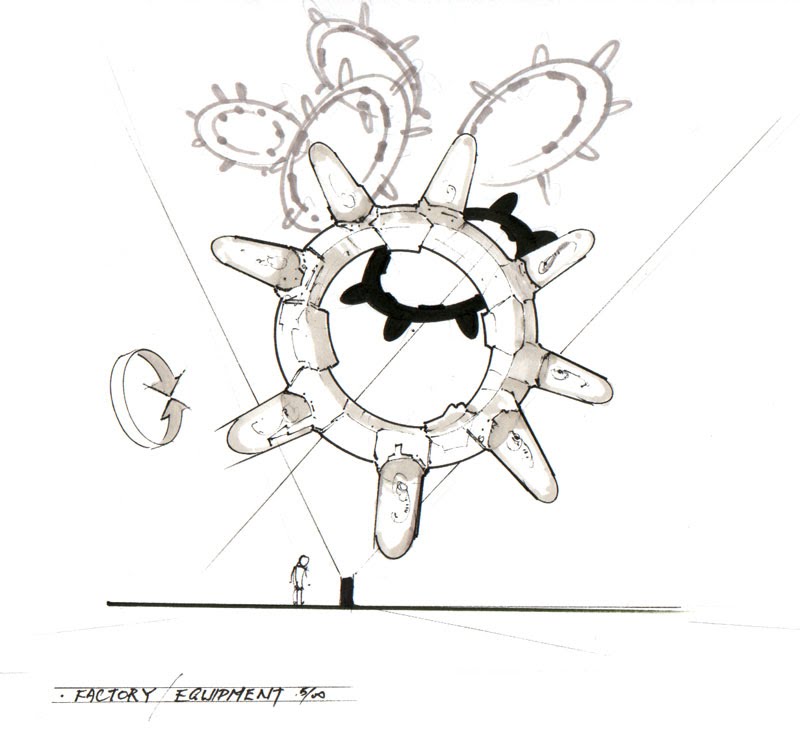Klepto is a cancelled action platformer / adventure / stealth game in development by Utopia Technologies / Sandbox Studios between 1998 and 2000, with a planned release on the Nintendo 64. The team was formed in 1993 and was composed of such talented developers and artists as Atman Binstock, Gary Corriveau, Matthew Moss, Rich Geldreich, Steve Bergenholtz and Robert Jaeger. In the early ’80s, Robert designed and programmed the classic platform game Montezuma’s Revenge (Atari). Utopia Technologies then released Montezuma’s Return in 1998, a 3D sequel to the classic predecessor, which was originally planned for N64 but released only on PC.
It seems that Utopia Technologies was one of the few studios that could use their own microcode to develop games for the N64, a privilege given by Nintendo that was shared only with Rare Ltd, Boss Games (World Driver Championship) and Factor 5 (Star Wars: Rogue Squadron, Indiana Jones and the Infernal Machine, Battle for Naboo).

Unfortunately, we never did see what Utopia Technologies could achieve on Nintendo’s console. After the N64 Montezuma’s Return was cancelled and the PC version completed instead, Atman, Gary, and Matthew started working on a brand-new project called “Klepto”. As recalled by Atman:
“Inspired by Umihara Kawase, I set about creating a 3D third person grappling hook game. The idea was that you played a cat burglar-type in a Sci-Fi world. Each mission was designed to be playable in several ways, i.e. you could sneak in and steal the target item and if you were really good, you could sneak out without being detected. However, taking the loot would likely set off alarms and you’d have to fight your way out. Or, if you preferred, you could try fighting your way in and out.
The experience was designed to be as nerve-wracking as possible: the player was allowed as much practice as they wanted in a simulator environment based on incomplete knowledge (one idea was to allow recon missions to fill in pieces of the mission simulator), but only one shot at actually performing the mission for real, with large meta-game rewards/penalties.
The core dynamics were about using a physics-based grappling hook (as opposed to the shoot-zip or stiff fake-swinging types) to move around and manipulate a physics-based environment. The stretchy rope enabled the excellent and deep player-skill rubber-banding movements from Umihara Kawase, with some additions like slip-walls where the grappling hook could freely slide in one direction.
But more than just a fun method of getting around, the grappling hook’s stretchy rope provided an indirect yet high-fidelity way to interact with objects and enemies – the player could reel in/let out rope, or move themselves to change the rope’s tension. You could shoot out and attach to the foot of guard standing on a ledge, then reel-in while moving back to yank him off the edge. Or you could gently drag a crate of something fragile (and likely explosive) to the edge of a shaft way, then gently lower it to the bottom. There were a number of tools that were added on top of the vanilla grappling hook. In order to fight the entropy of all objects ending up at the bottom of a level, you could attach rapid-inflate balloons to an item (or enemy).
The player could also shoot a spring, one end at a time, allowing you to attach any two things in sight, like an enemy to a bomb crate. And the general purpose “pipe tool” ended up being a flamethrower, which was useful for cutting springs, detonating bombs, and torturing bound-up (by springs) enemies into dropping keycards.”
The team developed a playable prototype for Klepto and they displayed it at E3 1999 where several parties expressed interest in publishing the game, including Nintendo. As recalled by Gary:
“There were a decent number of prototype levels that I built showcasing the various mechanics. The environments were simple, but we had some really nice interaction driven animations on the characters thanks to Atman’s hard work. The rope itself was also very cool. He connected a string of rigid cubes with springs and then skinned the whole thing. The player could then control the tension of the rope, by loosening and tightening the springs on demand.
We had some nice mechanics going on. You could shoot your bungee-cord grappling hook and swing around the environments, or hook onto enemies and so forth. You could attach rockets to your hook and smash enemies around the level with it.”
As the N64’s life cycle was coming to an end, no party decided to commit to Klepto and it was left without a publisher. When Utopia Technologies presented the game to Nintendo, they seemed to like it and encouraged them to consider bringing it to GameCube, but that wasn’t possible for their small team budget.
Sometime after Montezuma’s Return was published in 1998, Robert Jaeger left Utopia Technologies and the remaining team members changed their name to “Sandbox Studios”. They then released such games as Dinosaur for Dreamcast and Shrek for the original Xbox. In 2001 the company was acquired by Digital Illusions CE and renamed “Digital Illusions Canada”, but later closed in 2006 when DI was acquired by Electronic Arts.
We managed to contact a few people who worked at Utopia Technologies / Sandbox Studios, but sadly it seems that only some early Klepto concept arts were preserved by the studio. We still hope that one day someone could find some screenshots, videos, or even a playable prototype from the game that could be saved and added to the unseen history of video games. Although it’s unlikely, it’s never impossible.
Thanks to Rich, Gary and Maik for their contributions!
Images:
